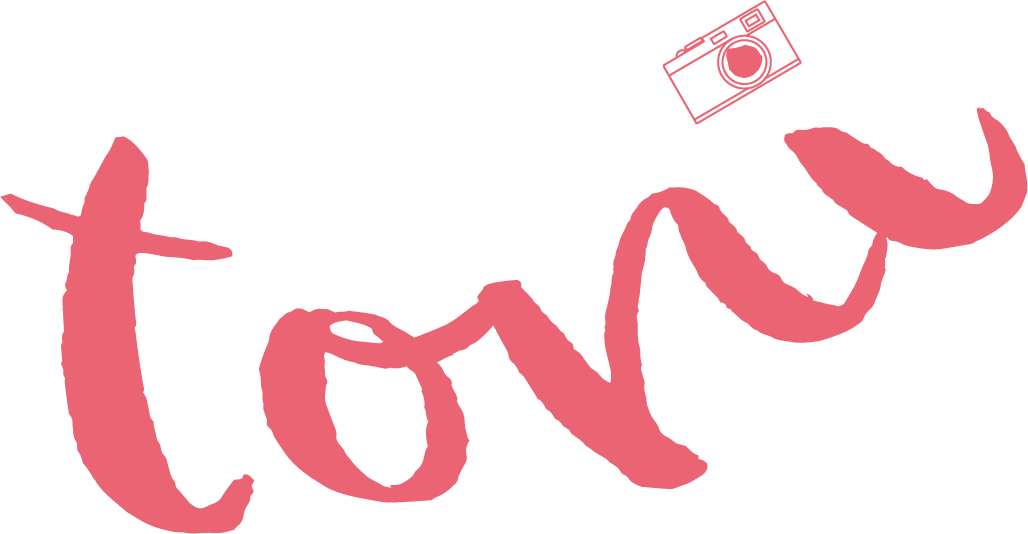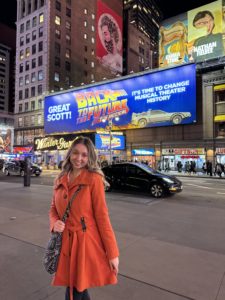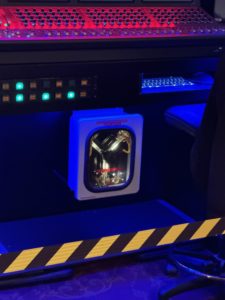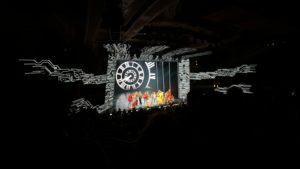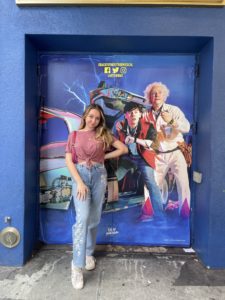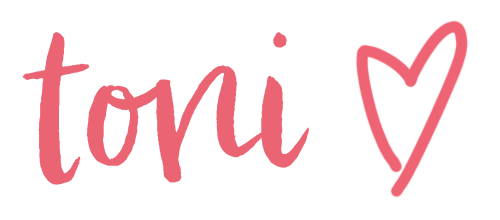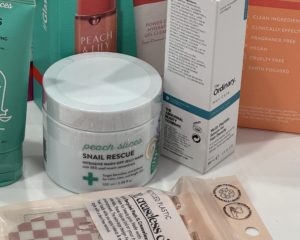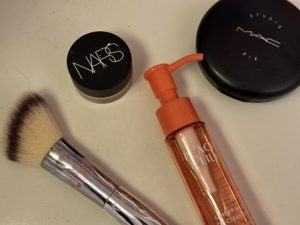Despite living in New York my entire life and seeing plenty of Broadway shows growing up, the musicals I recall seeing the most were theme park shows. Whether at Disney or Busch Gardens, the shows always pulled from well-known stories or concepts and never took themselves too seriously. Some were more campy and goofy than others, but they always delivered an energetic and memorable experience despite being under an hour. Broadway shows, while similar, have always had a distinct feel. They were usually a little more grown-up, a little more serious, and a little more larger than life. For the first time, though, I can say that I saw a Broadway show that felt like a theme park show – and it was a perfect marriage.
Back to the Future‘s Broadway run was highly anticipated because of both the popularity of the movie franchise and the critical acclaim it received on London’s West End. I had the chance to see it recently (thank you, lottery win!) and I can say it lived up to the hype. I was never a major fan of the movies and I intentionally avoided the West End cast recording, so I did go in relatively blind, but the show as a whole felt significantly more cinematic than any other show on Broadway. Most of this comes from the standout media design and technological innovation. It is so easy for a show to feel downsized when it relies on projections and screens, but Back to the Future is incredibly unique in the respect that the digital aspect adds so much to the show. Without giving away too much, the media helps to create scene transitions, movement, and staging that simply wouldn’t be possible with fully practical sets. Several of the scenes even used light layering techniques that were more akin to something you’d see in a video editing process, rather than a fully staged musical production. Don’t worry there, there are still plenty of impressive practical elements, including the famous DeLorean and the clock tower Doc Brown climbs towards the end of the plot.
The “theme park show” feel primarily comes from the humor in the book itself and the music. Many of the orchestrations sounded like a full, large-scale, classic Universal score – a direct but intangible connection to the story’s film roots. Some of the songs set in 1955 in particular felt like musical numbers seen in Hyperion stagings at Disney’s California Adventure, including the recent production of Rogers: The Musical. Of course, the inclusion of well-known hits, like The Power of Love and Johnny B. Goode, make the show more welcoming to those who are newer to theatre. In terms of humor, Doc Brown delivers some of the best one-liners on Broadway. If you’re a Disney fan and enjoy MuppetVision*3D or Aladdin: Live at the Hyperion, you’ll enjoy the jokes in this show.
I did end up seeing the show a second time since originally writing this post and the show still lived up to my original impression. My second round featured several new cast members in the ensemble and an understudy for Doc Brown, but the energy of the show still felt fully authentic to the point that if you knew nothing about the cast, you’d never be able to guess that it wasn’t the original company.
Back to the Future The Musical on Broadway is such a special blend of Broadway and big screen that is sure to be a hit for families, tourists, and locals alike. Beyond the Winter Garden, the show acts as a beacon to inspire more innovation on the stage. While there aren’t too many more stories that I could imagine needing cars that fly over the audience, Back to the Future helps us look at musical staging from a very original angle that shifts our perspective of how we can tell stories that may not translate literally to our world.
This one is for the dreamers.
